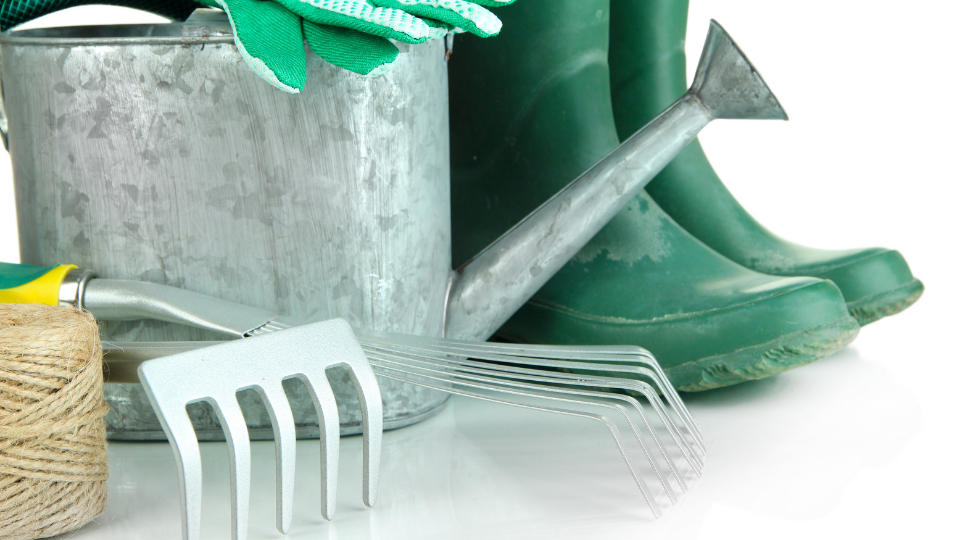Ask an Expert – Include Water-Efficient Practices in April Gardening Plans

As drought concerns in Utah continue this year, it’s important to begin the gardening season with water-efficient practices in mind. USU Extension provides a website with drought information and resources at drought.usu.edu. Topics include in-home water conservation, landscape and garden water conservation, range and livestock drought resources, crops resources, economic resources available during a drought, and general information on water conservation. In addition is the Center for Water-Efficient Landscaping website, cwel.usu.edu. It includes information about the webinar series “Water Well with CWEL,” designing a water-wise landscape, the #Wait2Water campaign, and more.
Keeping water-efficient practices in mind, consider these tips as you prepare your yard and garden this year. Included are links from the Utah State University Extension Gardeners Almanac.
- Plant peas in the garden every 2-3 weeks (until early May) to extend the harvest.
- Click here for information about how to plant and harvest rhubarb.
- Check out the fact sheets produced by USU Extension. There are more than 55 on herbs and vegetables!
- Mechanically control young garden weeds by hoeing or hand pulling.
- Protect fruit blossoms and tender garden plants from late freezing temperatures. Click here for critical temperatures for frost damage on fruit trees.
- If storing bulbs, check their condition to ensure that they are firm, and remove any that are soft or rotten.
- If locally available, plant bare root trees and shrubs, keeping the exposed roots moist until planted.
- Wait to prune roses until after buds begin to swell to avoid late frost damage to new growth.
- Prune spring flowering shrubs (those that bloom before June) after they have bloomed to encourage new flower buds for next season.
- Divide crowded, fall-blooming perennials.
- Divide cool-season ornamental grasses when new growth begins to emerge.
- Apply chelated iron to plants with prior problems with iron chlorosis.
- Use organic mulches (wood chips or bark) to retain soil moisture around shrubs and trees.
- Plant a tree to Celebrate National Arbor Day. The USU Tree Browser offers an interactive list of tree species adapted to the Intermountain West.
- Apply pre-emergent herbicides in late March to mid-April to control annual weeds in your lawn, such as crabgrass and spurge.
- In compacted sites, aerate with a hollow core aerator when turfgrass is actively growing in April to June.
- Check sprinkler systems for leaks. Also, clean filters, and fix and align heads.
Pests and Problems:
- Download the Utah Home Orchard Pest Management Guide.
- Learn about common problems in peaches and nectarines, pears, plums or apricots.
- Reduce chemical use to promote beneficial insects in your landscape.
- Treat for Coryneum blight in stone fruits (cherries, peaches, nectarines, apricots, and plums) at shuck split, approximately 10 days after flower petals drop.
- Treat for powdery mildew on apples beginning when leaves are emerging at ½-inch green until June.
- Monitor wet weather during bloom in apples, pears, and hawthorns to determine whether to treat for fire blight.
- Treat fruit trees for cat facing insects, such as stink bugs, to prevent dimples and pucker marks in the trees.
- Use preventative control for peach twig borer in peaches, nectarines, and apricots to help reduce twig and fruit damage later in the season. For specific timing see http://utahpests.usu.edu/ipm/.
- Control spring flying bark beetles in pine trees and other conifers.
- Protect birch trees previously infested by the bronze birch borer by applying a systemic pesticide.
- Click here to subscribe to the Utah Pests IPM Advisories for timely tips on controlling pests in your yard and garden.
- Consider taking an online gardening course. Courses cover everything from container vegetable gardening and creating the perfect soil, to planting trees and controlling pests. Courses are geared to both beginning and professional gardeners.
- Many of our Master Gardener courses will be held virtually or as a combination of virtual and in-person classes this year. For information about classes around the state, visit extension.usu.edu/mastergardener/find-a-program.
- Further gardening information can be found at garden.usu.edu. Here you will find fruit, vegetable and herb growing guides, information on soil, lawn, yard, tree, shrub and flower care. In addition are monthly tips, the basics of gardening, information on events, classes, and more.
Contact
Julene Reese
Julene.Reese@usu.edu


 Utah 4-H & Youth
Utah 4-H & Youth